Uclulet is a spiritual place.
Directly translated Ucluelet means Safe Harbour.
It was from this small town that we boarded a Zodiac all by ourselves to spend a few hours looking for migrating Gray Whales.
It didn’t take long. Within fifteen minutes, we had located a group of three at first, feeding on Herring spawn in a small cove, in water barely deep enough to cover them.
Gray whales feed on small crustaceans such as amphipods, and tube worms found in bottom sediments. They feed primarily during the summer months of long daylight hours in the cold Arctic waters of the Bering and Chukchi seas.
As a baleen whale, it has a series of 130-180 fringed overlapping plates hanging from each side of the upper jaw, where teeth might otherwise be located. The plates are off-white and about 2-10 inches (5-25 cm) in length.
To feed, a Gray whale dives to the bottom, rolls on its side and draws bottom sediments and water into its mouth. As it closes its mouth, water and sediments are expelled through the baleen plates, which trap the food on the inside near the tongue to be swallowed. This is what we were watching them do over and over.
Grey whales inhabit shallow coastal waters of the eastern North Pacific. The grey whale makes one of the longest of all mammalian migrations, averaging 10,000-14,000 miles for the round trip.
In October, the whales begin to leave their feeding grounds in the Bering and Chukchi Seas and head south for their mating and calving lagoons in various northern locations. The southward journey takes 2-3 months.
The whales remain in the lagoons for 2-3 months, allowing the calves to build up a thick layer of blubber to sustain them during the northward migration and keep them warm in the colder waters. The return trip north takes another 2-3 months. Mothers and calves travel very near shore on the northbound migration.
A migrating gray whale has a predictable breathing pattern, generally blowing 3-5 times in 15-30 second intervals before raising its fluke and submerging for 3-5 minutes.
A gray whale can stay submerged up to 15 minutes, and travel at 3-6 miles per hour. Mothers are very protective of their calves, and earned the name “Devilfish” from early whalers in the lagoons because of their violent defensive behaviours. Orcas are a cause of grey whale deaths, and many grey whales have orca teeth scars on their flukes.
At one time there were three Grey whale populations: a north Atlantic population, now extinct, possibly the victims of over-hunting; a Korean or western north Pacific stock now very depleted, also possibly from over-hunting; and the eastern north Pacific population, the largest surviving population. Hunted to the edge of extinction in the 1850’s after the discovery of the calving lagoons, and again in the early 1900’s with the introduction of floating factories, the gray whale was given partial protection in 1937 and full protection in 1947 by the International Whaling Commission (IWC). Since that time the eastern north Pacific gray whale population has made a remarkable recovery and now numbers between 19,000 and 23,000, probably close to their original population size.
They are now thankfully well accepted to be worth far more to the local economy alive and bringing in guests from around the world to see them during their migration.
Of particular note, if you visit Ucluelet, you need to visit the Wild Pacific Trail. This is a short hike, under 5 km, and well worth the time. On our walk, we saw two bald eagles grooming each other and some spectacular old growth rainforest.

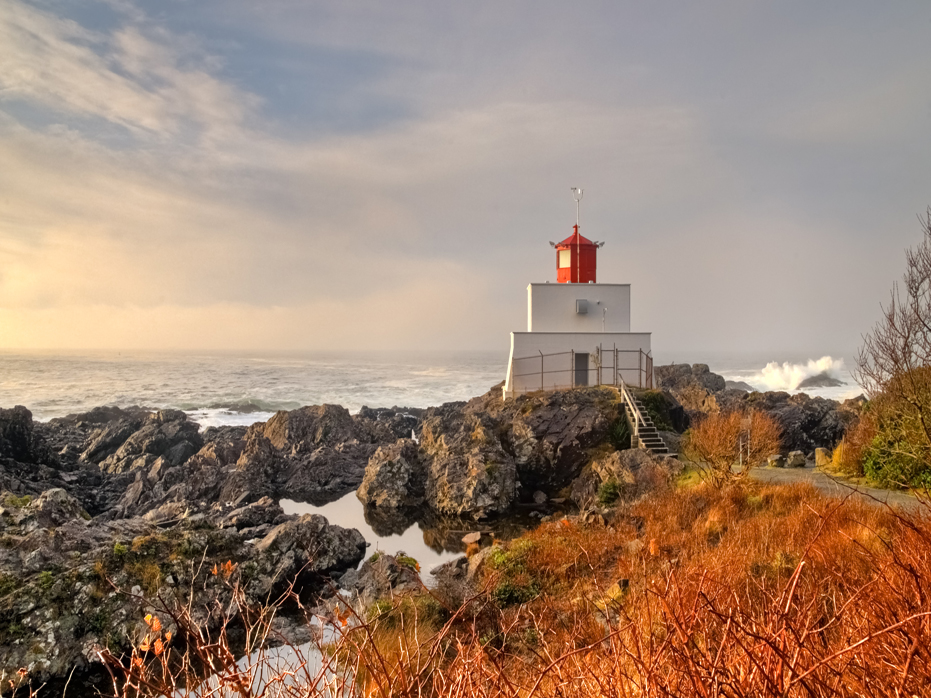
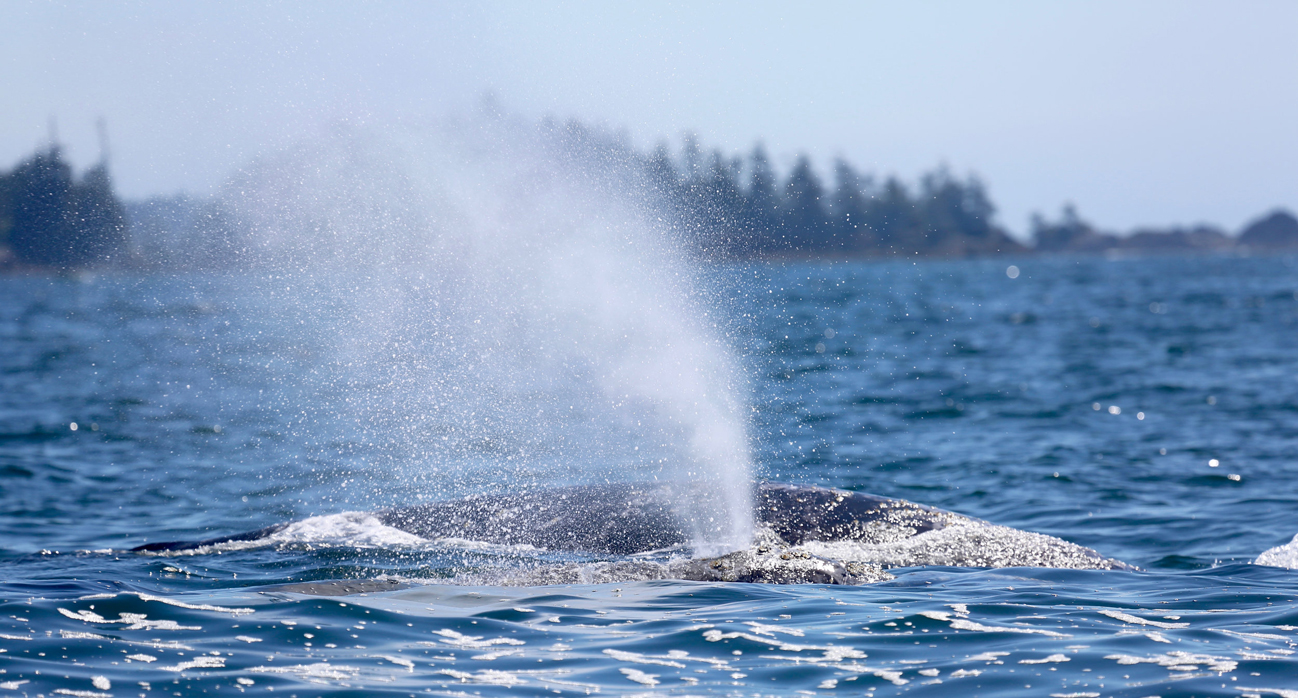
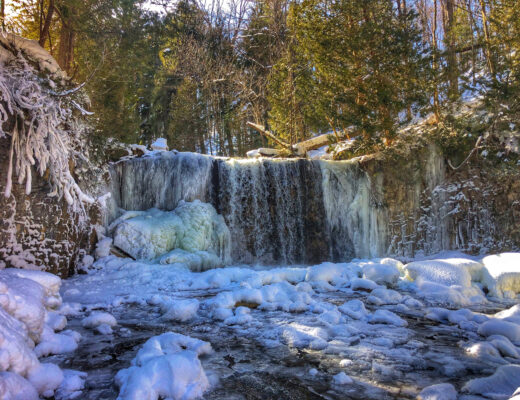
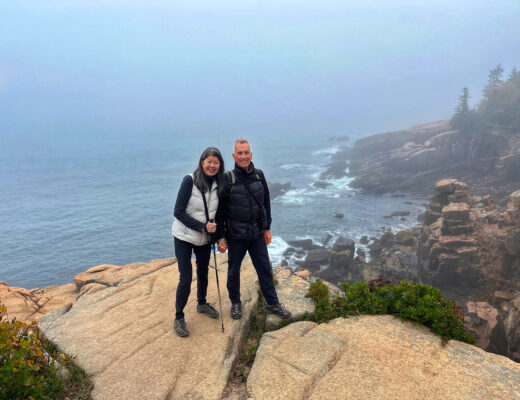
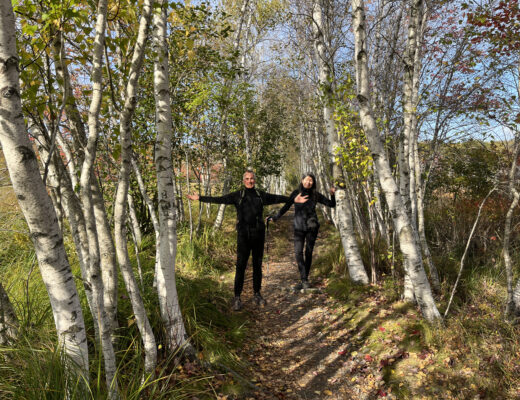

No Comments